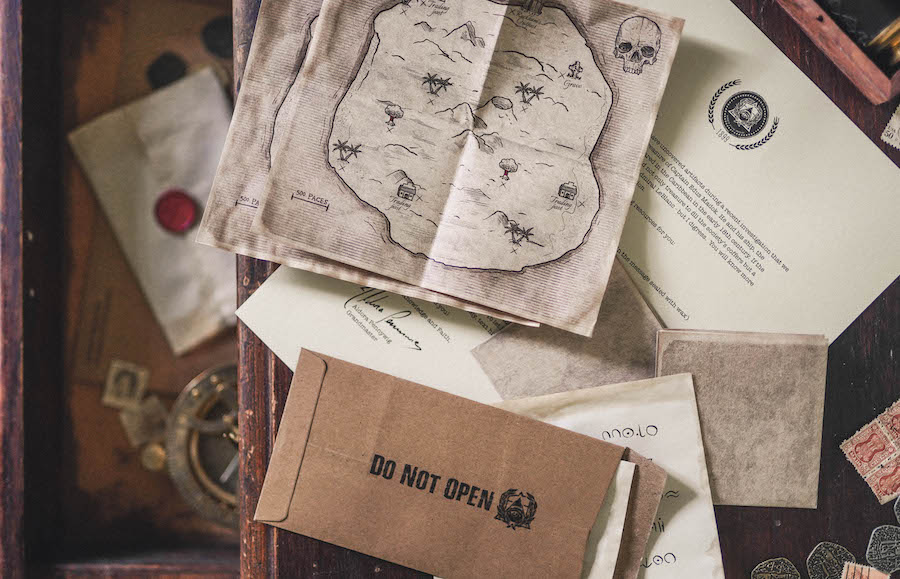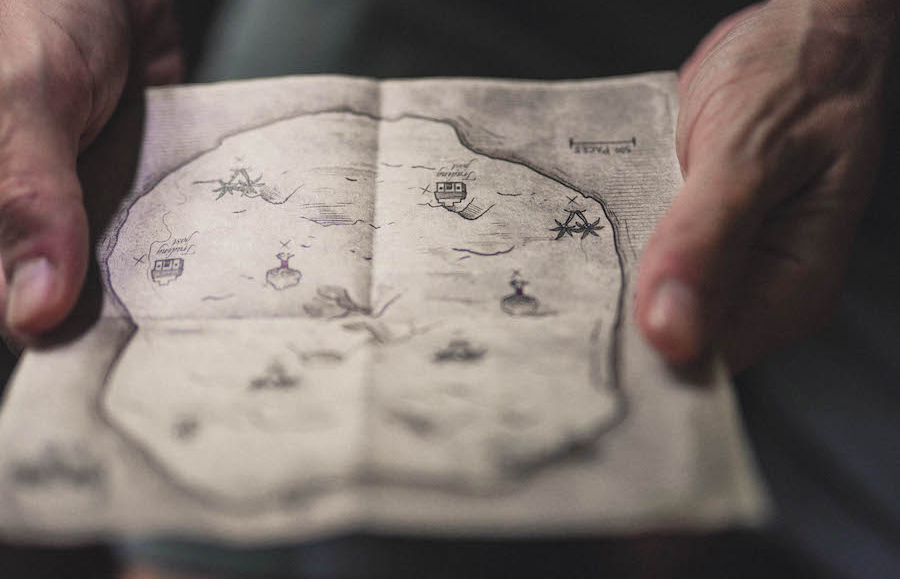We’re deep in the playtesting phase for the new version of Curse of the Tiki Lounge-and wow, it’s rough! Playtesting is hands down the most mentally exhausting part of the game design process for us. We’re so close to being done, yet it feels like the game will never quite come together. This happens with every game we make. But then we test, tweak, and test again – and somehow (with a whole lot of hard work), it finally clicks.
We thought our players might enjoy a behind-the-scenes peek at our process – so here it is!
Early Playtests
The first step is building a rough prototype, whether it’s a tabletop or physical escape game. At this stage, our main goal is to make sure the puzzles are solvable and fair and at the right difficulty level for our players. We often test remotely or in small segments of the game because-honestly-early prototypes can be brutal for both players and designers – but it’s part of the process! We pay attention to how the puzzles get solved and take notes on any avenues of thought from testers that are logical but different from our intentions – as we’ll have to eliminate these to make a fair game.
Making it Look Good
Once we’ve tested the early version, we start making things look nice. For physical escape rooms, this means building out the set and starting work on the electronics. We often hook props up to temporary electric remotes to test interactions without fully committing-just in case something needs to change. For tabletop games, this is when we design documents and components to match the game’s aesthetic.
Then – you guessed it – we playtest again! It’s surprising how even a small tweak, like adding an image or sound, can totally shift how a puzzle is interpreted. Every visual, audio, or video element must serve a clear purpose and support player momentum without causing confusion.
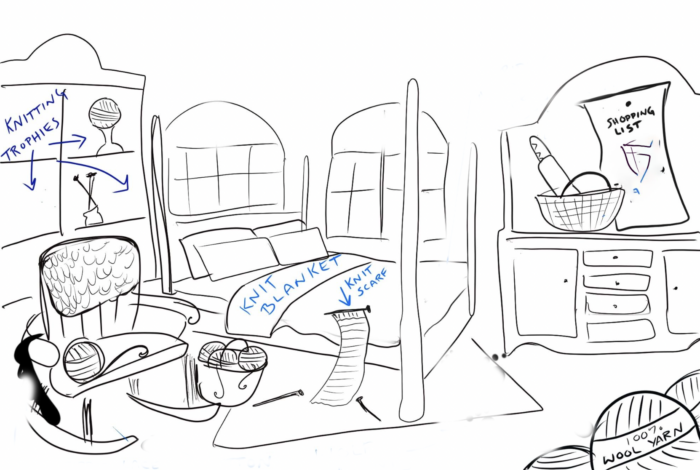
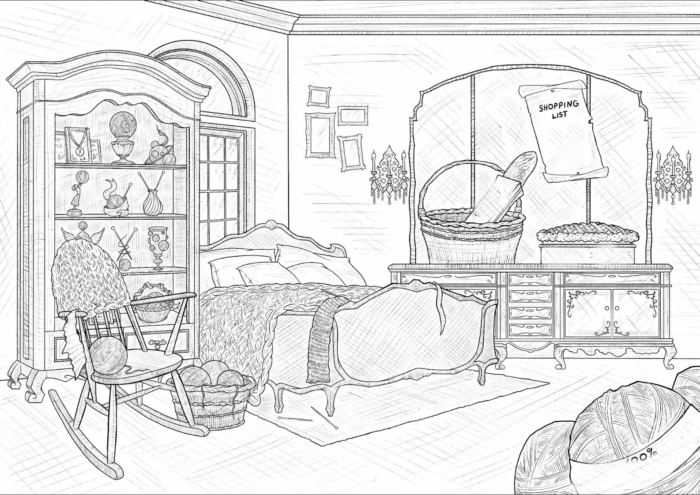
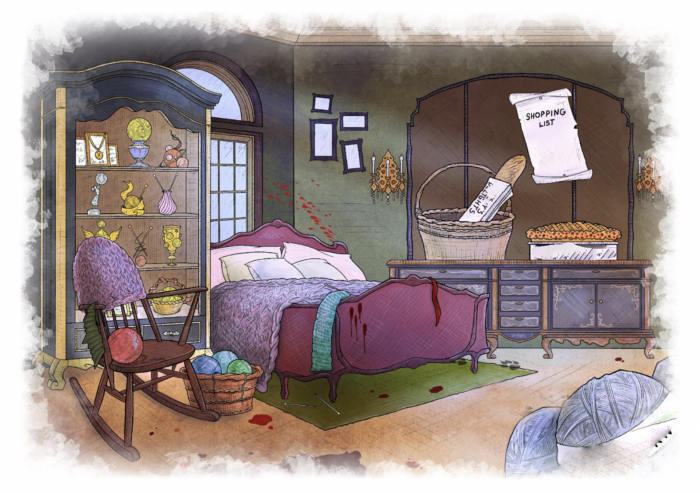
The Subtle Nuances: How Does it Feel?
After we’ve designed most of the game and have made sure the puzzles work, we focus on the player journey. Our aim is to make sure players pick up momentum in the beginning and gain trust in the game. We also look at pacing. Are there any points where players have to work too long and hard for a win? Any areas where players lose momentum? What emotions are players feeling through the game? How do we reinvigorate players after the initial fun of discovery? How is the story coming across? A lot of time is spent in the phase because changes are small. We’re cautious not to change too much and disrupt the balance we’ve worked hard to achieve.
Physical and tabletop games differ here. In a physical escape room, we have more control-we can monitor players in real time and nudge them if needed. In a tabletop game, players control the pace themselves, so the flow is trickier to fine-tune.
Beginnings and Endings
We put a lot of care into how our games begin and end. The goal is to start with excitement and a clear, memorable objective. The ending should feel earned-a true climax and resolution, not just “You win!” or “Time’s up.”
In the early days of escape rooms, endings were often flat. The game master would enter and tell you whether you won or lost. But now, we aim for a cinematic arc. Players should feel like they’ve reached the story’s high point and seen it through to the end. This is easier said than done – especially when players are deep in “puzzle brain.” We spend a lot of time testing to make sure the ending lands and the story makes sense from start to finish.
Keeping Our Egos in Check
The playtesting process is rough on the ego. Some days we feel like the worst puzzle designers ever. We watch our beautifully crafted plans unravel, players struggle, puzzles flop, and obvious solutions go unseen. Some days you just want to quit. It’s hard. But it’s a process.
Nowadays, we know to expect (and dread) this part, so we plan for looser days with time for mental recovery. We also plan for a day or two between each playtest to have the time to make any changes needed.
When players behave in unexpected ways, we remind ourselves: if one person does it, others probably will too. So we adjust. The ego has to stay in check. There are puzzles we love that won’t make it into the final product. It’s not about us – it’s about the players and making the best escape room experience for them. Have I said it’s hard? It is.
The End!
Is any game ever truly “done”? Probably not. We create puzzles, and players bring their own solving styles and escape room “baggage” (I’m looking at you, Mr. “Don’t move anything-we might need to know where it was”).
We call a game “done” when it plays smoothly for most players. If someone needs a hint and then says, “Ah! That makes so much sense,” we consider that a win. Ultimately, it’s a gut feeling: Did we make a fun experience? Are we proud of the journey we created? Do players leave invigorated?
That’s when we know we’ve done our job. Until then… test, tweak, repeat.
But is it the end?
Actually that’s not really the end. After we release a game, we keep tabs on it. We personally monitor new escape games to see how it’s playing and make little tweaks if needed. Sometimes we even have to tweak the game a year or two in when we see a new trend in player behavior. We do the same with our tabletop games. We see where hints are requested and interactions with our chat character to see if there are any sections that need a little more attention (part of the benefit of having an online component.)
So are we ever really done? Not really. We’re always evolving. Always striving for better and better. But…it’s all part of the process.

